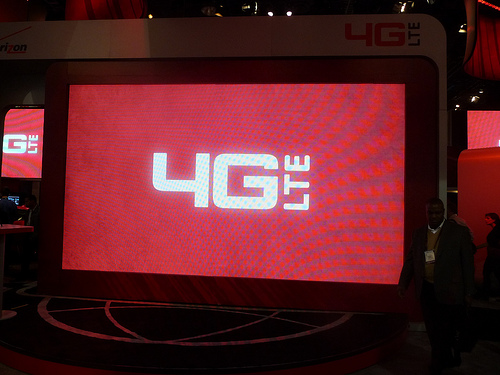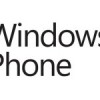As mobile broadband is updated and the technology improves, you might wonder how the newer generation of mobile networks differs from older options. As the 4G network evolves, understanding the differences between the 4G and 3G standards will help determine if getting the 4G network is the best option for your personal needs.
Meaning of G:
When discussing the mobile broadband network, you might wonder about the terminology used. The G in the term “3G” or “4G” stands for generation, pointing out that this is the next generation of technology related to mobile internet.
A 3G network is considered the best mobile wireless network available for internet connections, particularly for a cell phone, and is the third generation. The 4G network, which is sometimes considered an extension of the original 3G, is the newest version of the mobile system and it has a few changes from the 3G network.

Differences Between 3G and 4G:
Thereare a few differences that separate a 3G network and a 4G network. Consumers must keep in mind that some networks claiming to use a 4G network are actually using a 3.9G instead because the network both exceeds the 3G, but falls short of the 4G.
The differences between the 3G and 4G include:
Speed
- A 3G capability means that you are using a phone that will typically downloadanywhere from 0.5 to 3 Mbps and upload at about 1 to 2 Mbps. On the other hand, a 4G mobile device can reach speeds over 37 Mbps down (depending on
mobile broadband
provider) while still only uploading at no more than 3 Mbps.
Use of circuit - The 3G network combines circuit and packet technology for switching capabilities. The circuit design is older technology that helps stabilize the internet while packet is wireless technology that provides mobile internet. The 4G network disposes of the older technology and only uses a packet system.
More frequency band - The 3G network frequency band ranges between 1.8 to 2.5 GHz. A 4G network on the other hand has a frequency band between 2 to 8 GHz.
4G is still a work in progress - The 4G network is not readily available and many networks claiming 4G technology are actually 3.9G instead.
The 4G mobile technology is not yet standardized by the International Telecommunication Union. Since the system does not yet have a set standard, it differs from the standardized 3G network. The ITU has clearly set a standard system for what makes a phone part of a 3G network.
The 4G network is planned for wide release in 2012 and promises to outshine the 3G networks currently available. Though the technology is not yet standardized, the high downloading and uploading speeds combined with the elimination of older technology suggests that it will completely outclass the 3G network. Consumers can expect great results from the 4G system as it transforms and changes mobile broadband. Using wireless Internet via your phone or other mobile devices should become faster even when numerous people are using the system at the same time.
Blake Sanders is a tech writer at broadband comparison site Broadband Expert. Blake specializes in writing on mobile broadband, mobile phones, as well as the latest in wireless internet news and information.
Note: Photo courtesy of eliu500 via FlickR Creative Commons.



